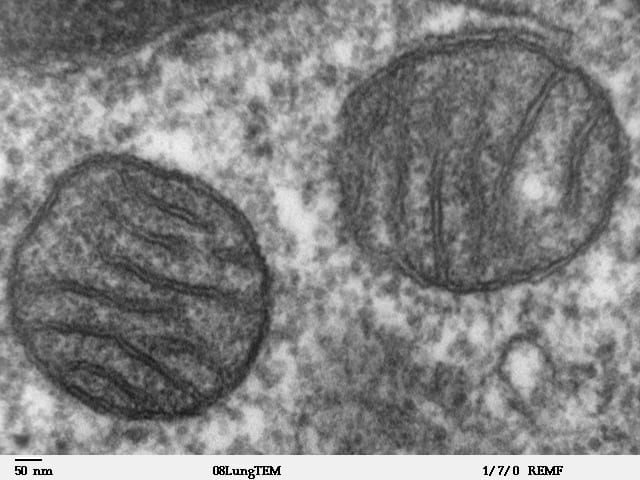
Researchers believe using a donor’s mitochondria can help save embryos with rare neurological diseases (Source: Wikimedia Commons)
For the first time in medical history, an infant has been conceived using a controversial technique that combines DNA from three different people.
Researchers at the New Hope Fertility Center in New York City declared in late September that they had directed the procedure for a Jordanian couple. After losing two children to Leigh Syndrome, a neurological disorder caused by unstable mitochondria, the parents reached out to the clinic. The team, led by John Zhang, stated that the baby boy was born in April at one of their existing clinics in Mexico.
Female patients with rare genetic health disorders usually struggle with giving birth. In the past, such patients have used techniques such as in-vitro fertilization, in which an egg is fertilized by sperm outside the body and then inserted into another woman’s body, in order to have a successful pregnancy.
Although in vitro improves the success rates of pregnancy in some cases, it is rendered useless for female patients with Leigh syndrome. Using the highly controversial spindle-nuclear transfer technique, however, researchers first remove the nucleus from a healthy donor’s egg and then transfer the mother’s nucleus into the donor egg (1). Zhang and his team then fertilize the egg with the father’s sperm, allowing the embryo to grow inside the donor’s womb.
If Zhang’s achievement is verified, his success will signify the first child conceived using spindle-transfer of mitochondrial-replacement therapy (MRT) in the world (1).
Researchers are questioning the ethics of Zhang’s procedure—specifically why his team chose to perform the operation in Mexico. The country has a reputation for enticing medical tourists seeking unconfirmed cures that are illegal in their home countries, often bypassing basic medical ethics in the process (1). In the United States, Congress has banned the FDA from approving possible unethical proposals that would allow researchers to alter the genetics of human embryo (1).
One unresolved medical issue that arises with the controversial MRT procedure is the possible transfer and damage of diseased mitochondria from the mother into the donor’s egg along with the nucleus (1). Though blood samples taken from the infant after conception indicated an average percentage of faulty DNA lower than expected values, researchers claim that it is impossible to probe a human’s mitochondria in complicated organs such as the heart. Weak mitochondria would be an issue in these types of tissues (1).
Although Zhang’s team will not release their controversial data until mid-October at the American Society for Reproductive Medicine in Utah, they have published an abstract online with a few pieces of information about the procedure (1). Researchers suggest that they have followed ethical guidelines: for example, they specify that only males should be brought to term since there is no fear that they will pass the donated mitochondria onto his children.
Sources:
- Reardon, S. (2016). ‘Three-parent baby’ claim raises hopes — and ethical concerns. Nature. http://dx.doi.org/10.1038/nature.2016.20698
Leave a Reply